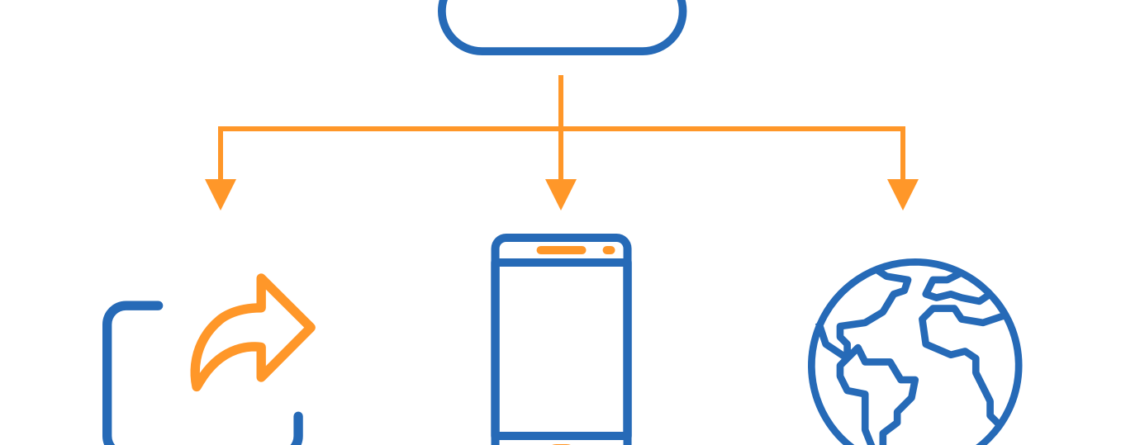Cloud-Based Applications: Safeguarding the Cloud
In the ever-evolving landscape of business technology, the adoption of cloud-based applications has become a cornerstone for efficiency and scalability. Effectively managing and securing these applications is paramount. We recommend following these best practices to ensure the robust management and security of cloud-based applications.
1. Conduct a Thorough Risk Assessment
Before diving into cloud application management, conduct a comprehensive risk assessment. Understand the sensitivity of the data you’re handling and identify potential vulnerabilities. This initial step lays the foundation for a targeted and effective security strategy.
2. Choose a Reputable Cloud Service Provider (CSP)
Selecting the right Cloud Service Provider (CSP) is foundational to the security of your cloud-based applications. Opt for a reputable provider with a track record of robust security measures. Consider factors such as data encryption, access controls, and compliance certifications relevant to your industry.
3. Implement Identity and Access Management (IAM)
Identity and Access Management (IAM) is a key component of cloud security. Ensure that users have the appropriate level of access based on their roles. Implement multi-factor authentication (MFA) to add an extra layer of protection, reducing the risk of unauthorized access.
4. Encrypt Data in Transit and at Rest
Data security should be non-negotiable. Encrypt sensitive data both during transit and while at rest within the cloud environment. This ensures that even if unauthorized access occurs, the data remains unreadable and unusable.
5. Regularly Update and Patch Applications
Just as with on-premises applications, keeping cloud-based applications up to date is crucial for security. Regularly check for updates and patches provided by the application vendor or the cloud service provider. Timely updates address known vulnerabilities and strengthen your defense against potential threats.
6. Monitor User Activity and Implement Logging
Continuous monitoring of user activity within your cloud environment provides insights into potential security incidents. Implement comprehensive logging to track user actions, enabling quick identification and response to any suspicious or unauthorized activity.
7. Conduct Regular Security Audits
Regular security audits are proactive measures to identify and rectify potential vulnerabilities. These audits can include penetration testing, vulnerability assessments, and compliance checks. Periodic evaluations ensure that your cloud-based applications meet security standards and are resilient against emerging threats.
8. Establish Data Backup and Recovery Procedures
Data loss can occur due to various reasons, including accidental deletion or system failures. Establish robust data backup and recovery procedures to ensure that critical information is not permanently lost. Regularly test the backup and recovery processes to guarantee their effectiveness.
9. Educate Employees on Cloud Security Best Practices
Employees play a crucial role in maintaining the security of cloud-based applications. Conduct regular training sessions to educate employees on best practices for cloud security. Topics can include recognizing phishing attempts, secure password management, and adherence to company security policies.
10. Stay Informed about Emerging Threats
The threat landscape is dynamic, with new risks emerging regularly. Stay informed about the latest cybersecurity threats and trends. This awareness enables you to proactively adjust your security measures to address evolving challenges.
Effectively managing and securing cloud-based applications is an ongoing commitment that requires a combination of strategic planning, technological measures, and employee education. By conducting a risk assessment, choosing a reputable CSP, implementing IAM, encrypting data, keeping applications updated, monitoring user activity, conducting regular audits, establishing backup procedures, educating employees, and staying informed about emerging threats, businesses can fortify their cloud environments. This comprehensive approach not only safeguards sensitive data but also ensures that cloud-based applications remain a powerful and secure asset for the growth and success of the business.










Leave a Reply